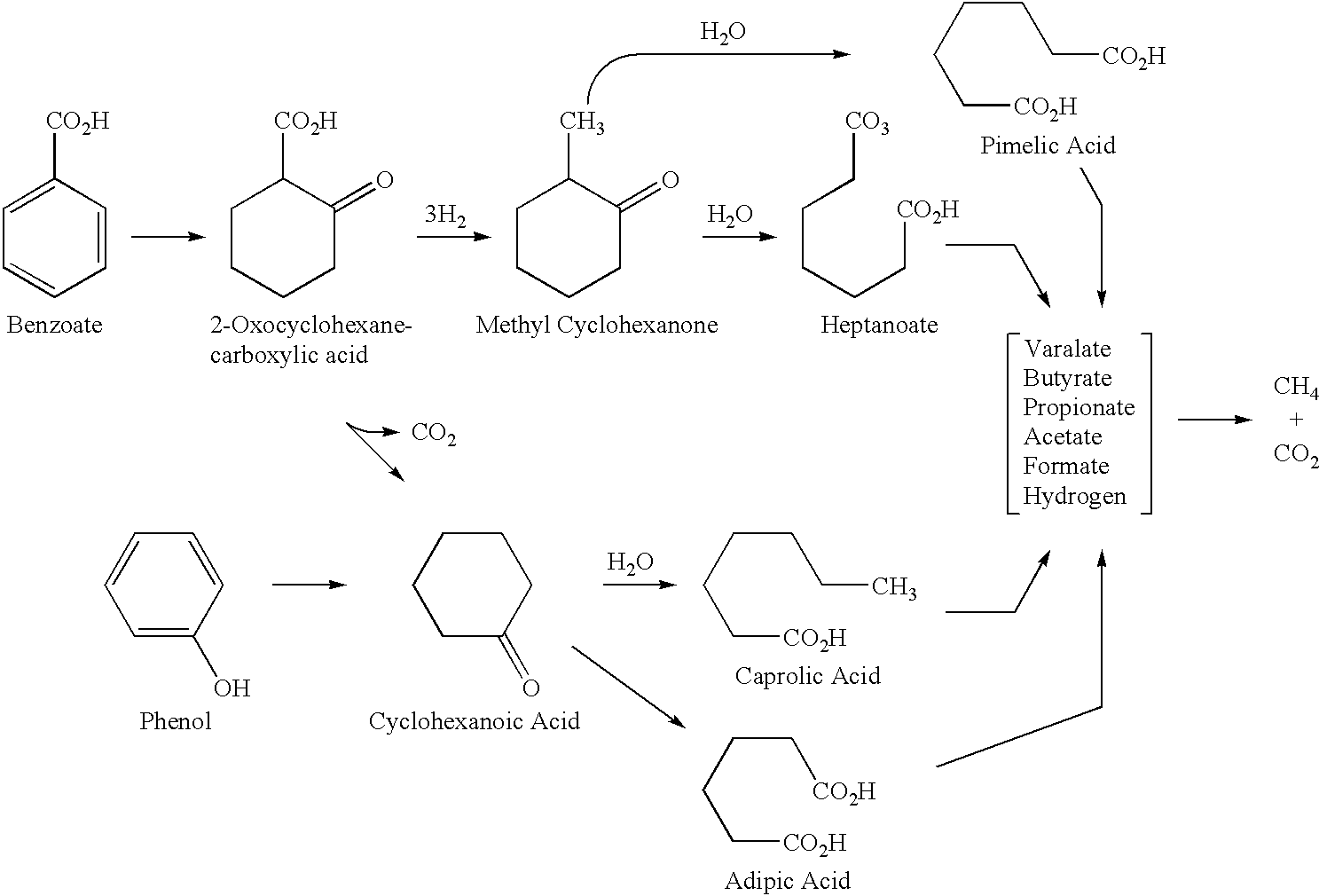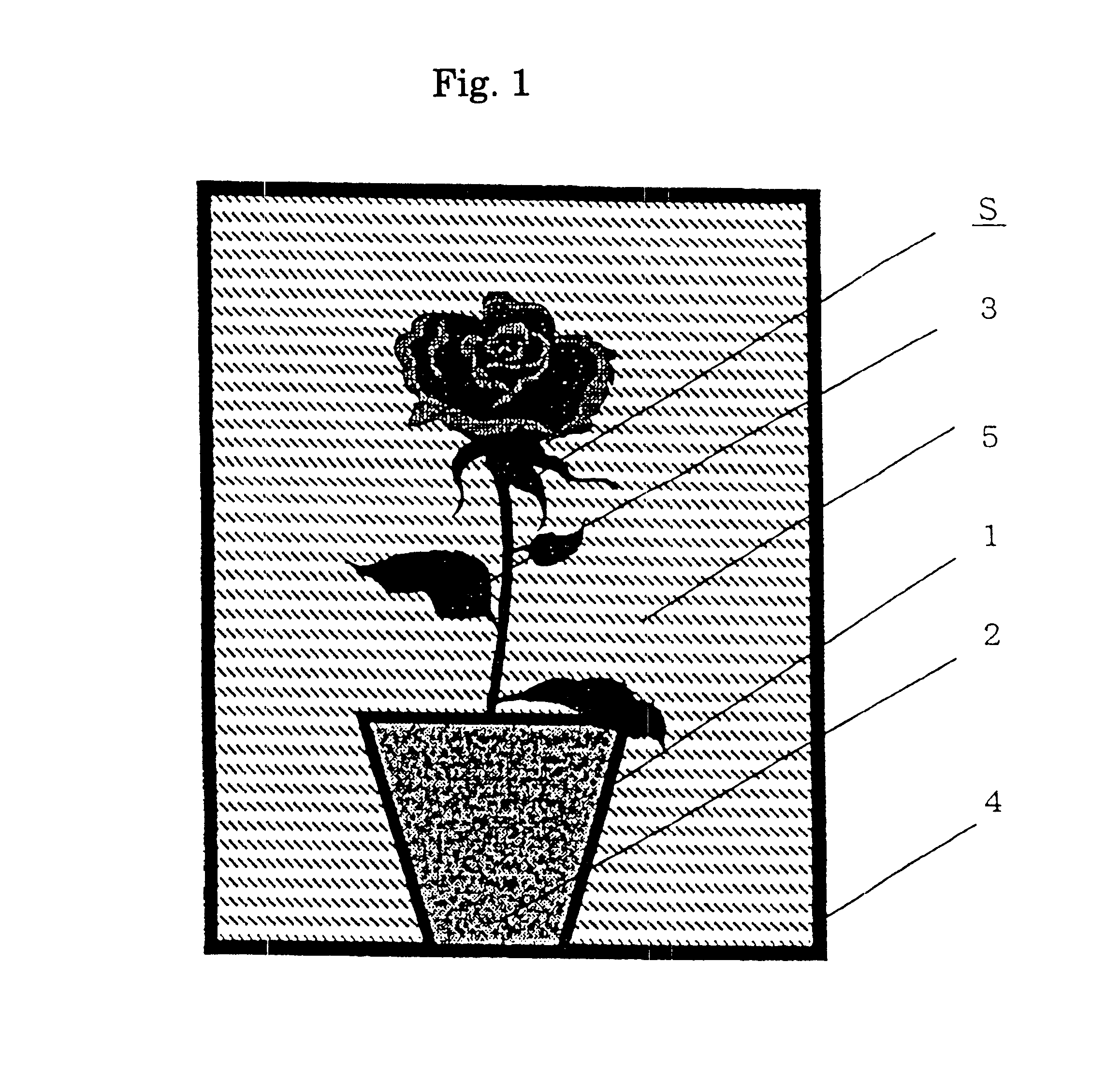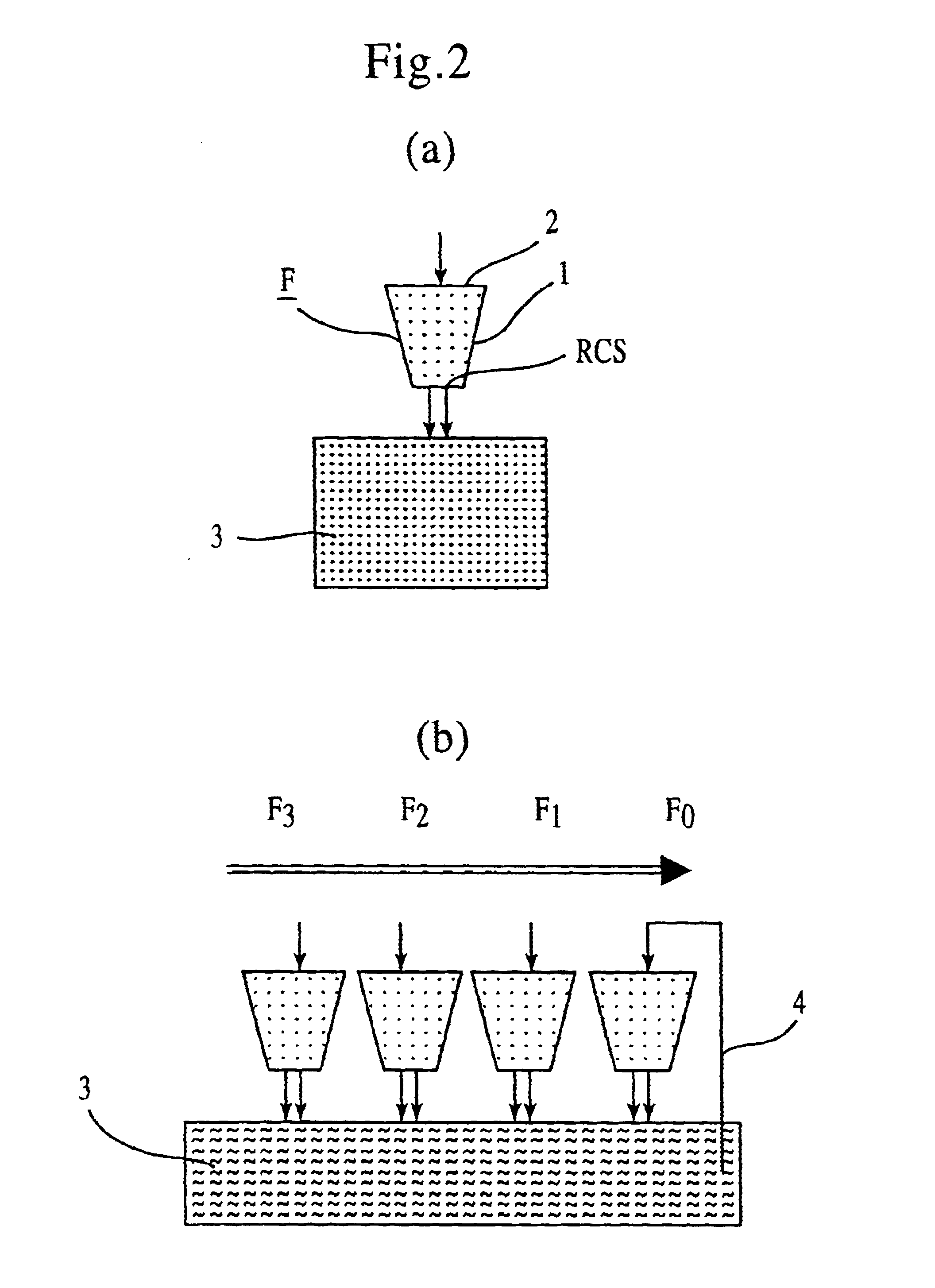However, the conventional method is disadvantageous in that the soil to which it can be applied is restricted to soil stained by chemicals or dormant soil in
crop rotation, and
yeast which can be used is also restricted to that from rice
bran.
In addition, it takes a very long period of time to return the soil to normal soil.
Recently, the environment is increasingly being destroyed due to
desertification or acidic rains, and such phenomena have become worldwide problems.
However, the high water absorbing
polymer is expensive and plants to be applied are restricted.
In addition, the soil which has been desertified is never returned to the original soil.
Similarly, man-made destruction of the environment such as that due to slash and burn farming and haphazard
deforestation creates serious problems in terms of
plant environment.
Moreover, there is a need to utilize soils containing salt such as a sandy beach, sandy soils such as residing around rivers, etc. as soils where desired crops can be planted, but there is no technique at present.
However, the
solid medium which has hitherto been utilized in the cultivation of such plants contains a considerable amount of insects carrying
disease germs and eggs thereof, fungi, etc., which have an adverse influence upon the plants to be cultivated.
Depending upon the origin of the medium, the medium often contains agricultural chemicals and some other harmful substances.
However, if the crumb structure inherent to the soil should be lost when the insects and harmful microorganisms are eliminated by the spraying of agricultural chemicals, this makes the soil inappropriate for the cultivation of plants.
However, in the application of such a group of
bacteria there are disadvantages in that it takes a very long period of time to take the effect after the application of these
bacteria, and that the effect is last only a short time.
Also, the group of
bacteria cannot be applied to a
plant cultivated in a container.
Also, the
solid medium after the cultivation of an
annual plant or the
solid medium after plants have been harvested cannot be utilized again if these bacteria are used.
Moreover, these bacteria do not have an effect to activate any withering
plant.
However, these processes are disadvantageous in requiring at least two stages, due to the use of different kinds of bacteria, i.e., anaerobic and
aerobic bacteria.
In the use of EM,
fermentation material call EM material should be utilized and making the application of EM is severely restricted.
However, in the treatment utilizing such a flocculent, the flocculant utilized should be subjected to
secondary treatment, and the performance of the flocculant is insufficient.
Moreover, there is a possibility that the flocculant causes an adverse influence upon the ecologic
system and, thus the use of the flocculant is not assumed to be a good method.
In addition, since there are various kinds of water to be treated such as organic exhausts inclusive in the exhaust water from
sewage disposal, exhaust water from
food processing, exhaust water containing excreta such as pig-breeding and stockbreeding, and water from eutrophic lakes and marshes; inorganic exhausts such as exhaust water from chemical industries, there are various kinds of sestons, and they cannot be treated by one flocculent.
However, these processes can only treat exhaust water in a restricted manner and are not assumed to be effective.
No process has been developed which can treat pollutants originating from different sources all at once.
Many
halogen compounds having
chlorine or
bromine, etc. are specified as specific chemical compounds and specified chemical compounds, and many of them are sources causing an environmental problem.
However, such processes can only be applied to restricted systems such as soil and aqueous solutions, and are problematic in treating efficiency, cost, convenience, etc.
In order to maintain the activity of the bacteria for the treatment, the temperature,
pH level,
nutrient salts, the amount of dissolved
oxygen, and the like should be controlled in an appropriate manner and, thus, the process is disadvantageous when an apparatus is required for an environment where
oxygen or
nutrient salts are continuously being added.
However, the microorganisms which can be utilized depend upon the substitution position of chlorines, and the
decomposition is imperfect, i.e., the conventional microorganisms can decompose PCB only to
chlorobenzene.
Also, the PCB
decomposition utilizing the microorganisms can only be applied to a restricted area.
However, with regard to the treatment of the exhaust liquid, although silver, which is a relatively expensive material, is recovered, since the compounds other than silver are of many kinds, the printing treatments depend upon the companies, and the concentration and kinds of the compounds are different according to the company, and no process for treating them which can decompose them all at once has yet been determined.
In this case, the harmful substances absorbed are discharged out of the
system.
For this reason, it is necessary to take some measure to convert the discharged harmful substances, which are discharged out of the
system, into harmless ones, requiring a huge cost.
At present, river sands have been utilized as fine aggregates, but the supply amount of the river sands has increasingly decreased.
Also, the river sands themselves have been contaminated and, thus, contain various harmful substances.
However, in some cases, harmful substances such as organic
chlorine still remain in the burned ash even after the treatment and, thus, it is required to remove such hard-to-treat substances as a pretreatment.
Also, in other cases, the removal of
heavy metals in the burned ash is not sufficient enough.
The burned ash can only be used as an aggregate having a
large particle size, and cannot be utilized as a fine aggregate.
The process for pulverizing waste glasses into sands is problematic in that there are contents of impurities such as lead, and a high cost is required to carry out pulverization into fine aggregates.
Sands containing salts such as sea sands cannot be utilized as fine aggregates.
However, this
structural material utilizes expensive
tourmaline, exhibits insufficient water purification performance, and requires the introduction of an EM material such as rice
bran.
However, according to the examination, the effect of water purification in this case is worse in comparison with the use of
tourmaline, and the effect obtained by the introduction of the microorganisms cannot be observed.
However, the treatment of the waste becomes serious in terms of making the landfill safe, treating harmful gases discharged from the furnaces, and treating harmful substances contained in the burned ash.
Also, a large amount of garbage is discharged from restaurants, grocers, grocery stores, convenience stores, inns, hotels, hospitals, etc.
Consequently, an
effective treatment of the garbage is a very serious problem in terms of the treatment of the wastes and becomes one of the most important problems in many local self-governing bodies.
The process for converting garbage into
compost utilizing microorganisms can be carried out in the inexpensive installation as described above, but it unduly takes 1 month or more for the conversion of the garbage into
compost, and the amount of the garbage which can be utilized in one treatment is restricted.
Moreover, the
fertilizer resulting in the treatment of the garbage smells bad, and the application of the
fertilizer thus obtained sometimes causes the generation of
Fusarium.
In this apparatus,
sulfurous acid,
nitrogen oxides, etc. which should be removed occur in the
decomposition of the garbage, and the device for removing them is very expensive.
However, such an apparatus for decreasing a large volume of garbage is very expensive, and
sulfurous acid,
nitrogen oxides, etc. which should be removed occur in the decomposition of the garbage, similar to the case of the small size apparatus described above.
However, these processes for converting
seawater into freshwater by the
reverse osmosis require a large amount of energy and complicated equipment.
Also, in such processes, the amount which can be treated has severely restricted.
Furthermore, the
reverse osmosis itself is very expensive and the maintenance of the apparatus requires high costs.
However, in the field expected to benefit from the application of microorganisms, there has not yet been any technique which has been completed, or such a technique said to be completed only has a small effect.
 Login to View More
Login to View More  Login to View More
Login to View More 


